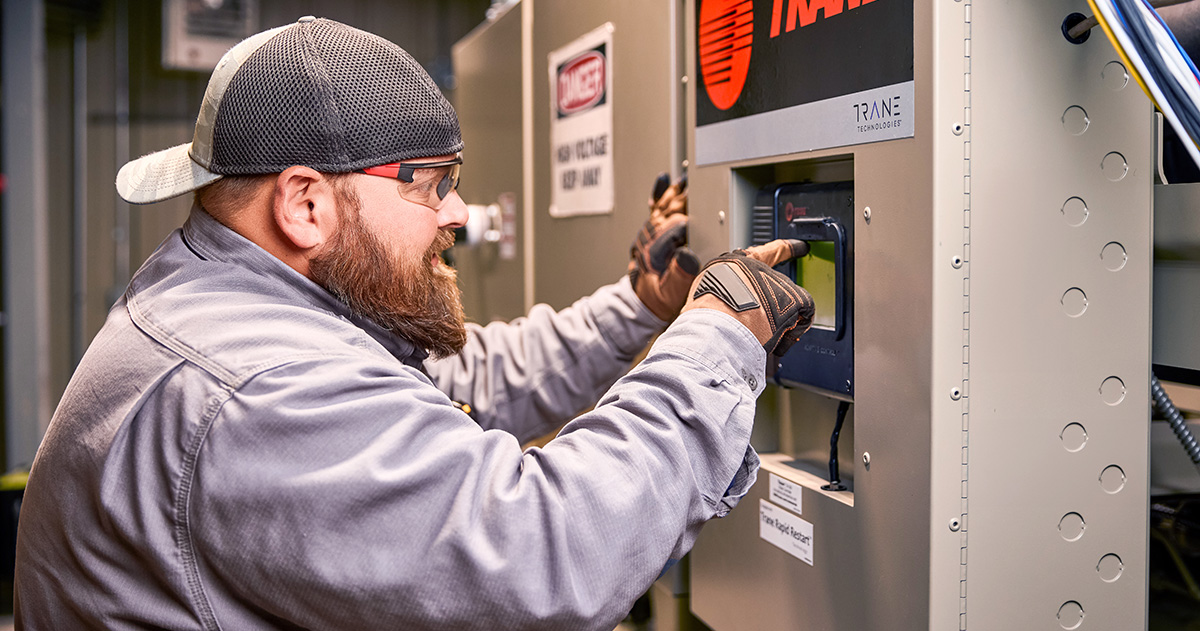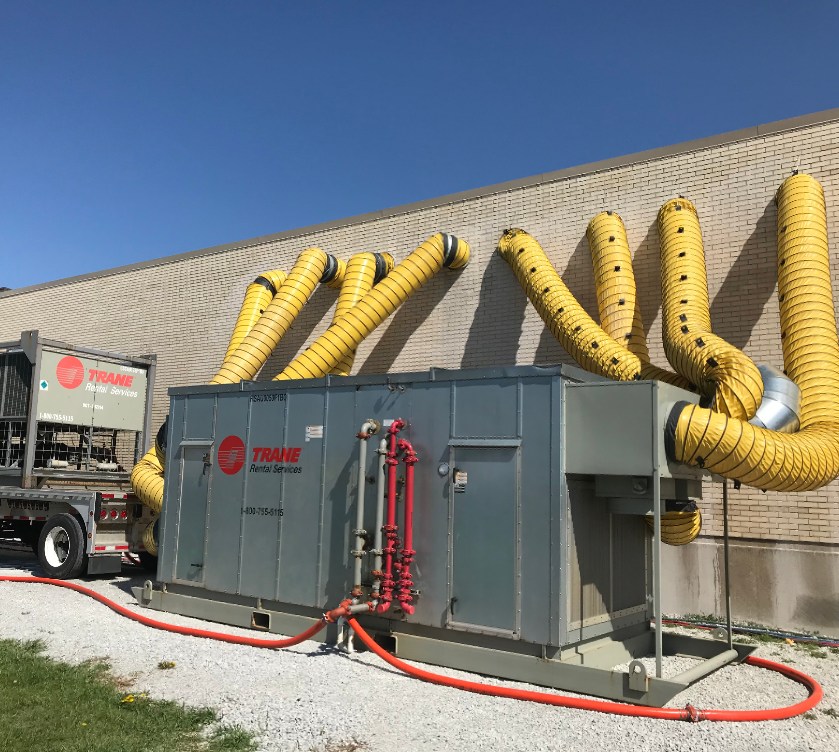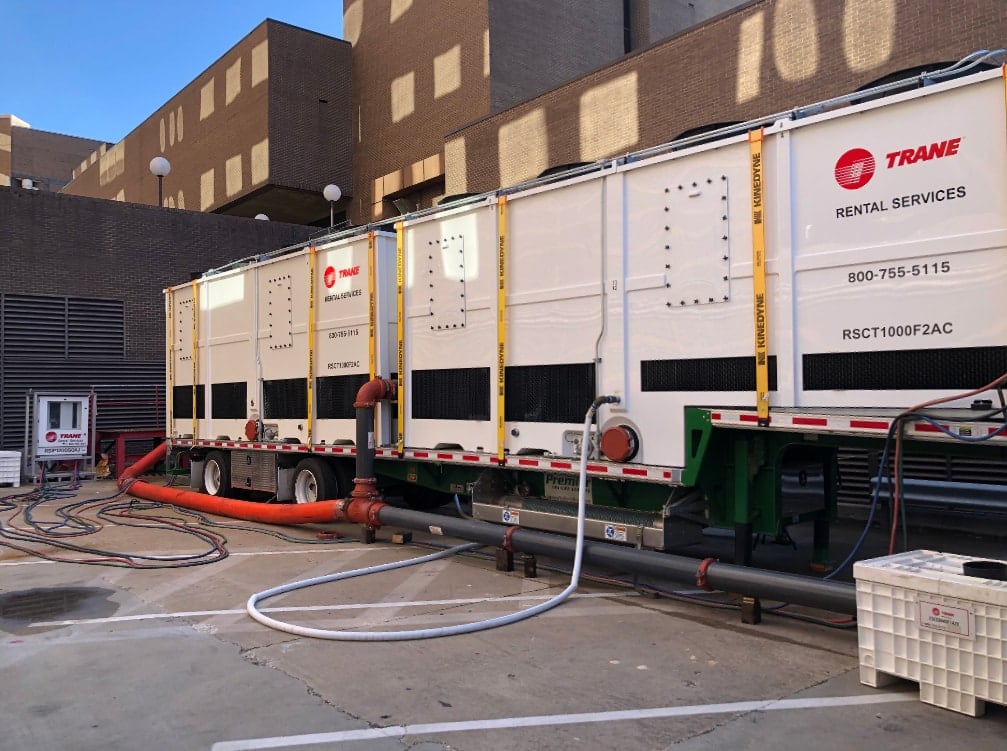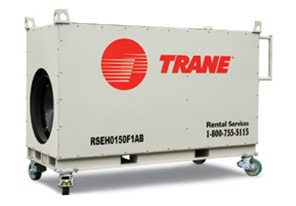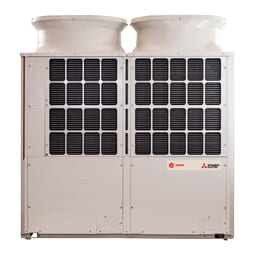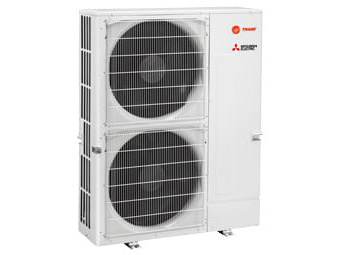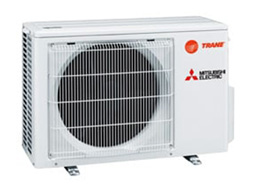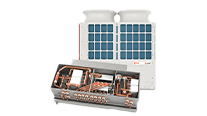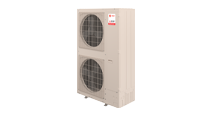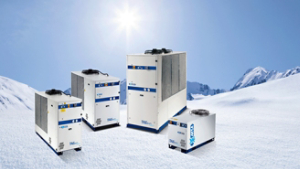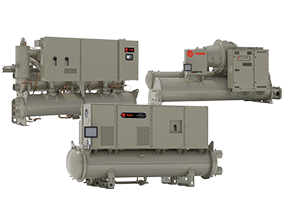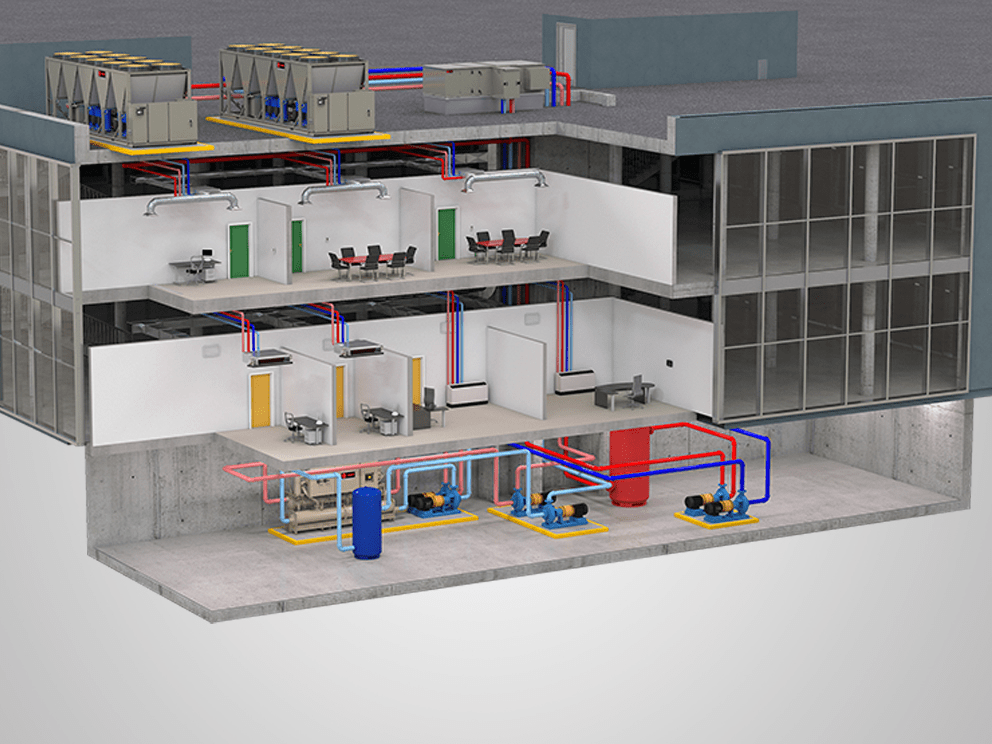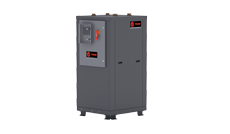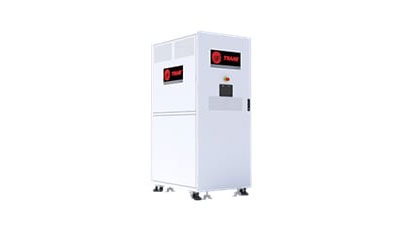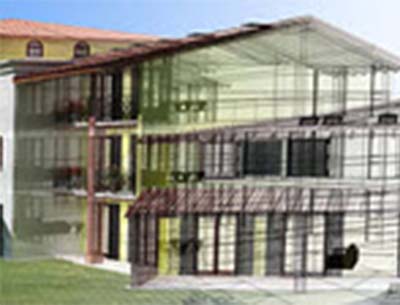
Few organizations need to consider energy resiliency more than a hospital. An essential service of any community, the pandemic showed us firsthand the important role hospitals play in times of crisis. It also thrust facility management into the spotlight and illustrated how the health of our buildings — things like airflow control and ventilation — play an important role in our health outcomes.
So why are many hospitals still using outdated systems to manage their energy consumption, leading to higher costs, less efficiency, and greater risk? Especially when there are options available that can be easily integrated and provide massive benefits.
One method that hospitals are finding success with is cogeneration, also known as combined heat and power (CHP), cogeneration is the simultaneous production of two or more forms of energy from a single fuel source. Simply put, it recovers the heat that is normally lost during power generation and uses it for heating and cooling, and it provides a hospital with a host of benefits.
1. Increased flexibility future-proofs operations
The landscape of where people go for care is changing. An increase in both virtual and specialized healthcare means hospitals are no longer the one-stop-shop they once were. But that doesn’t mean the importance of hospitals has decreased. All one needs is to look back at the past two years of the pandemic to understand their role in our healthcare system. Hospitals will always be essential places for emergency care, high-risk surgeries, and major diagnosis and treatment.
What the changing healthcare landscape does mean is that hospitals require the ability to scale their energy consumption based on current usage requirements. This flexibility is one of the biggest benefits of cogeneration. Imagine being able to automatically shut off an entire wing when not in use and then easily open it back up if capacity increases. This adaptability makes it so that each building is essentially a blank canvas that can be configured in numerous ways as the needs of the hospital shift. By switching to cogeneration, hospitals are investing in a flexible approach that will benefit their operations today, while also ensuring they can quickly adapt to handle whatever the future brings.
2. Resiliency in times of crisis
When things go wrong a hospital provides care as an essential service to the community. But if that crisis causes a power outage, hospitals can be left vulnerable and limited in the care that they are able to provide.
The use of backup generators — an emergency energy system common in many hospitals — comes with limitations. First, a generator is only as good as the ability to access diesel to run it. And even if there is a reliable diesel source, the hospital is left making manual decisions of what to turn on and what to turn off. It’s expensive, limited, and cumbersome to maintain. None of which is ideal when operating in a crisis scenario.
Cogeneration, on the other hand, provides the flexibility and resiliency hospitals require. For hospitals, a cogeneration approach means they can generate their own power onsite and use automation to scale up or down based on current needs.
3. Adaptability in facility management
The Covid-19 pandemic illuminated the importance of adaptability in our hospital systems. Having buildings that can be altered and used for multiple functions means hospitals aren’t tied to rigid rules for how to use their space as needs shift.
This adaptability can only be achieved if you can control airflow throughout the building. By altering air flow to suit current needs, the hospital can successfully quarantine and treat patients with different care requirements. It’s not hard to imagine how catastrophic it would be for a patient receiving cancer treatments to accidentally be exposed to Covid or other viruses because of improper air ventilation. With cogeneration and building automation, the hospital has greater control over the entirety of its facility, making each space adaptable to be used for a variety of care options.
4. Increase energy efficiency leading to cost savings
Cogeneration essentially saves the energy that is normally lost in generation and uses it for heating or cooling. In fact, while conventional methods use only 50% of all energy produced, through cogeneration that number increases to 60-80%, making it incredibly efficient.
The EPA outlines the environmental benefits of cogeneration with the following:
“CHP systems offer considerable environmental benefits when compared with purchased electricity and thermal energy produced on site. By capturing and utilizing heat that would otherwise be wasted from the production of electricity, CHP systems require less fuel to produce the same amount of energy.
Because less fuel is combusted, greenhouse gas emissions, such as carbon dioxide (CO2), as well as other air pollutants like nitrogen oxides (NOx) and sulfur dioxide (SO2), are reduced.”
In addition, switching to cogeneration is a cost-effective option for hospitals looking to reduce their carbon footprint since energy savings can be achieved without having to retrofit the entire HVAC operations.
Hospitals are facing mounting pressures. Pressure to do more with less, pressure to maintain a high level of care despite the changing healthcare landscape, and pressure to reduce their carbon footprint. The use of cogeneration provides an easily integrated solution that can help ease these pressures today and set your hospital up to be prepared to tackle the challenges of tomorrow.
Trane takes the work and worry off the shoulders of the hospital to help ensure they have everything necessary for power security and operational resiliency. We create and sustain high-performing, efficient and secure facility environments that fit the needs of our clients. Our work with hospitals around the country means we understand the struggles organizations must overcome in their efforts to become 100% power secure while balancing regulations and compliance issues. Learn more about how we can help you add cogeneration to your energy mix today.














